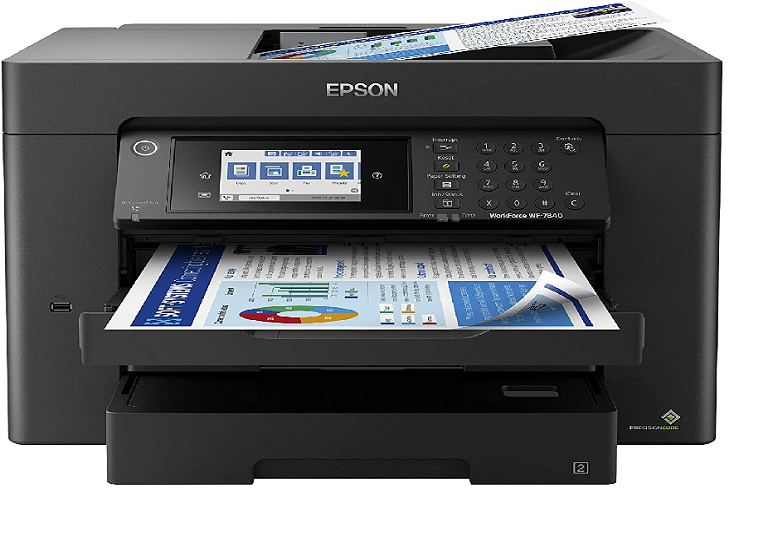
Most of us are aware of printers in which rollers are utilized to feed the print media or substrate into the printer. Desktop printers and many wide-format printers use a roll-feeding method to produce their printed output.
Nevertheless, there is a different kind of printer that uses flat panels to feed the substrate into the machine so it may be printed. The substrate is arranged in the desired pattern on a flat panel, followed by the panel’s placement on a stable platform within the printer. Printers of this sort are referred to as flatbed printers.
The use of flatbeds is becoming increasingly common among print service providers. This is due to the fact that the flatbed has provided these company owners with the ability to grow their operations.
Flatbed printers can print on non-conventional substrates such as wood, ceramics, glass, metal, leather, and mohair, in contrast to roller-fed printers, which can only print on typical substrates such as paper and textiles. In addition to this, flatbed printing may be done on three-dimensional objects. Anyone with this kind of printer can access thousands of different printing methods.
Flatbed Printer Technologies
Different sorts of technology can be utilized in the operation of flatbed printers. Inkjet printing and sublimation ink are used in many of these printers, just like in your desktop or wide-format printer.
Although some flatbed printers utilize solvent inks, print shop suppliers are forced to look into other options due to the environmental damage caused by solvent inks. UV-curable ink printers are quickly becoming more popular as an alternative to solvent inks. These printers can permanently cure the inks by exposure to ultraviolet light.
In spite of the fact that wide-format printers that utilize UV-curable inks have yet to succeed in displacing printers that use solvent inks, demand for these printers continues to rise. This is because UV-curable inks possess various benefits that solvent inks do not.
An increasing variety of substrates are compatible for risk-free usage with UV-curable inks. Additionally, these inks are more resistant to fading over time. Additionally, the elimination of labour and materials required for pre-and post-processing is another way that UV-curable inks contribute to a boost in productivity.
Because the ink dries quickly and does not clog printer heads, printers that utilize these kinds of inks are also more straightforward and less time-consuming to maintain.
Application Software for Flatbed Printers
Because this type of printer makes it feasible to print on substrates that roll-fed printers cannot accommodate, many people’s perspectives on printing have been altered due to the invention of flatbed printers. Using flatbed printers, people can now personalize commonplace items such as coffee cups and laptop lids.
They may also add a further degree of personalization to their interior decorating projects by creating their bathroom tiles, printing their doors rather than painting them by hand, and various other options.
Conclusion
Creating beautiful art is maybe the most important use many people have discovered for flatbed printers apart from eco-solvent. A lot of individualsuse this application.
You can print one layer on top of the previous one using a flatbed printer, in addition to the fact that you may use a flatbed printer to print on various printing materials. Fine artists can produce works with a rich variety of textures because of this medium.
